Rising waters of Lake Michigan assault Grand Traverse coast. In photos.
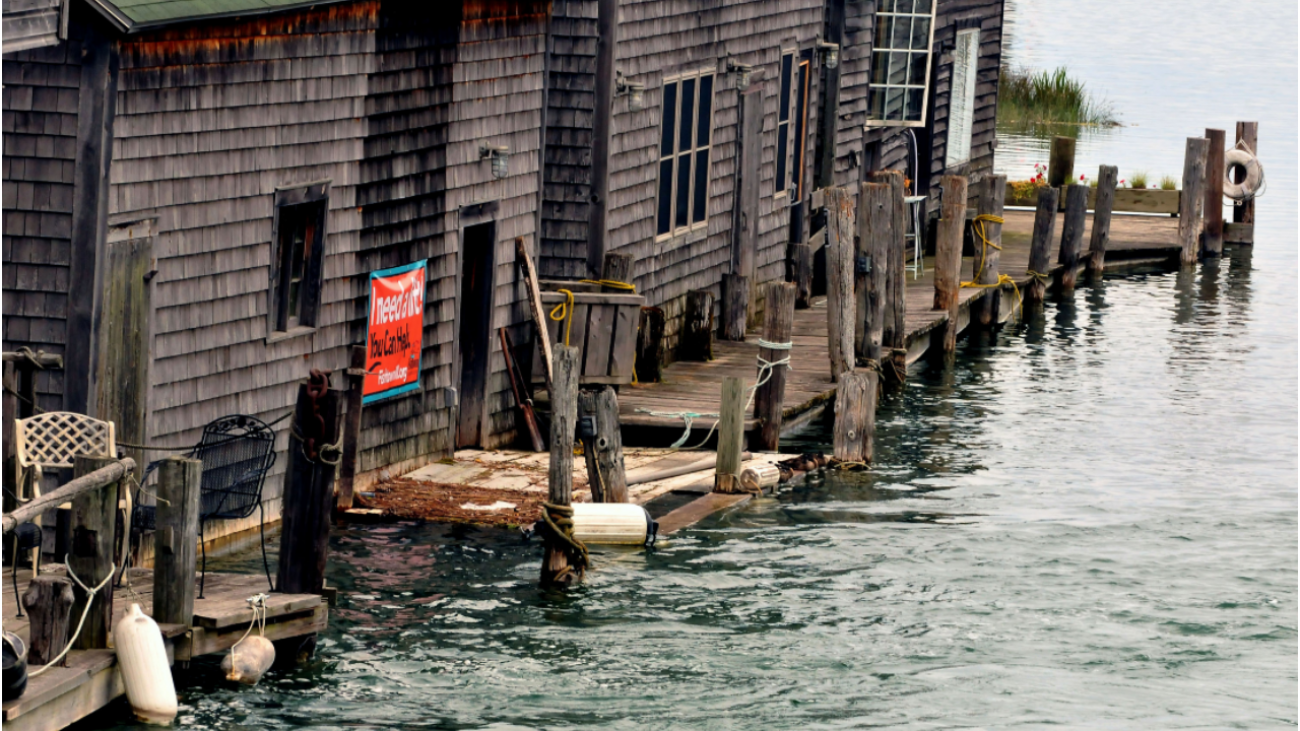
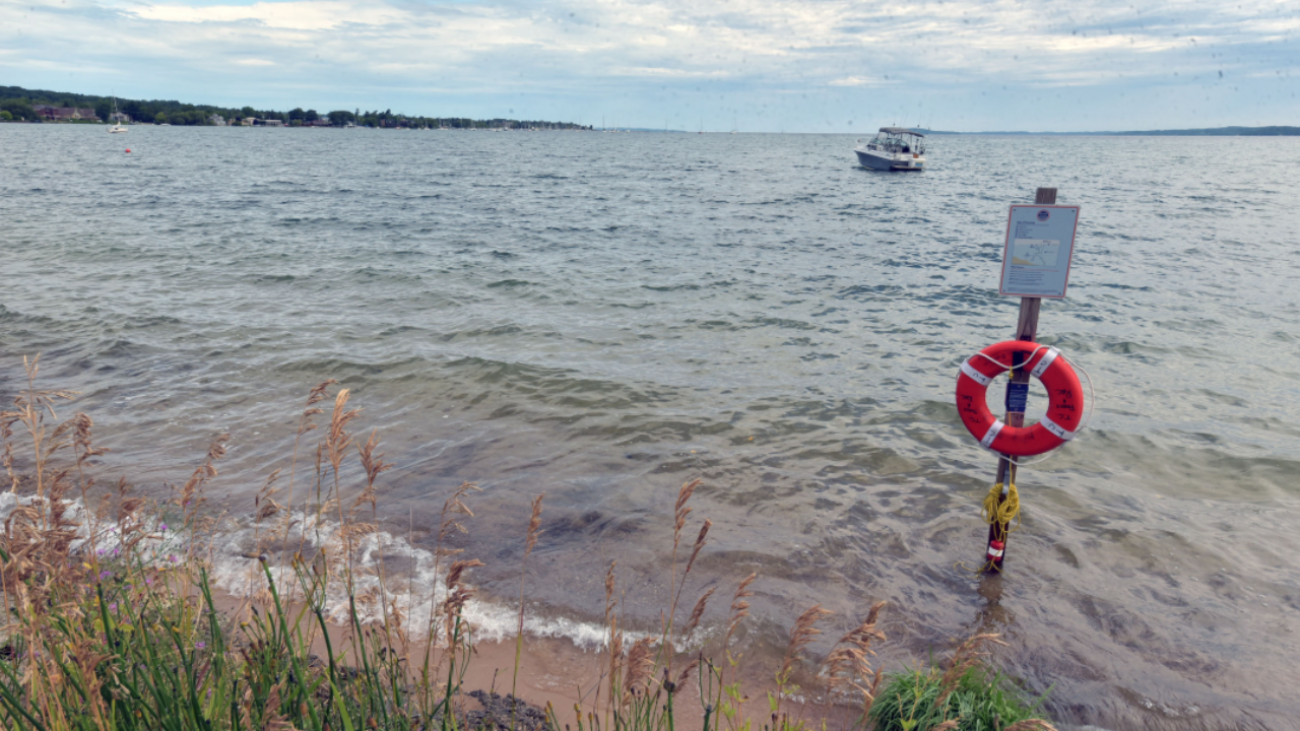
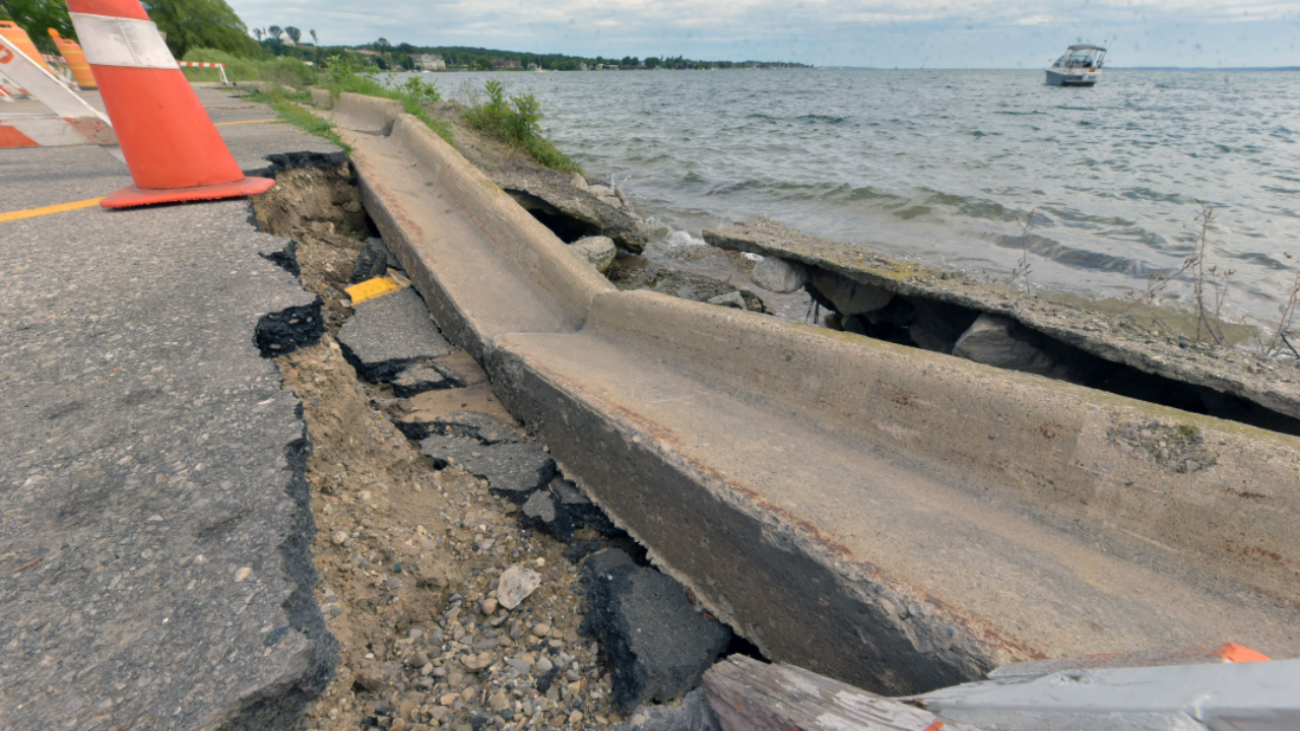
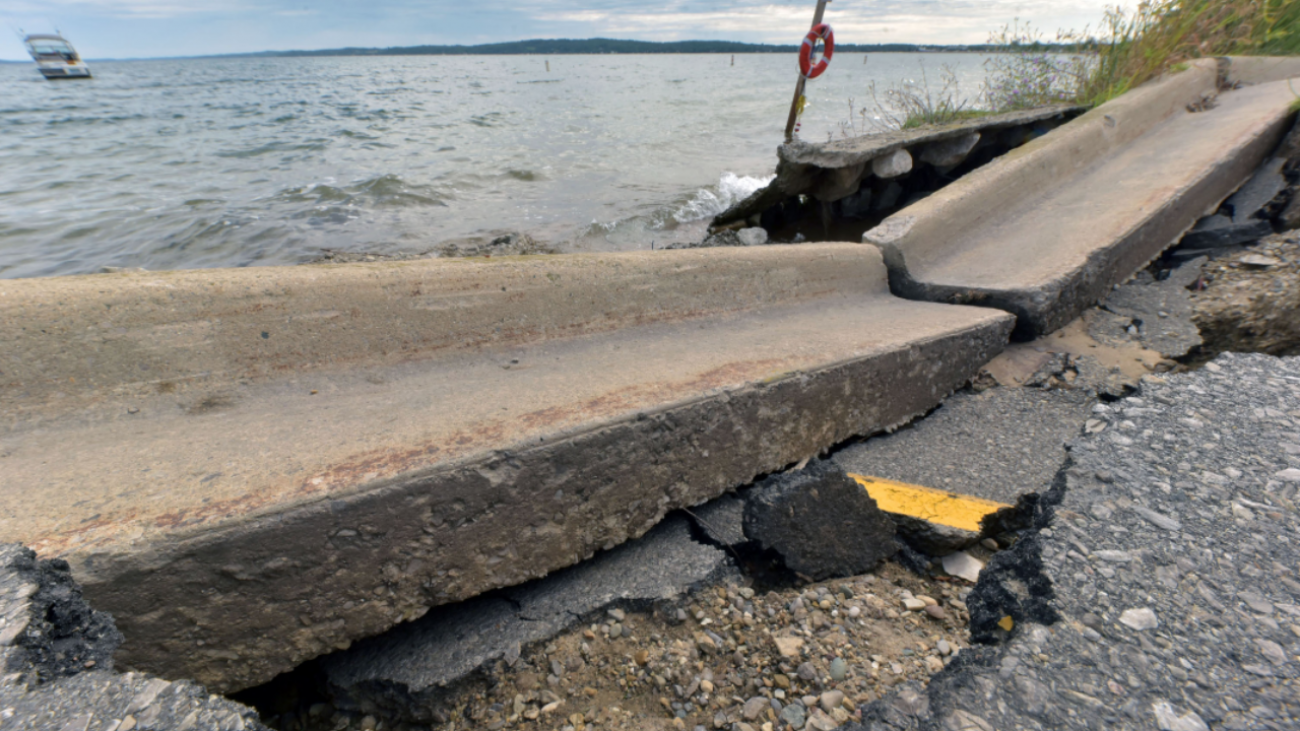
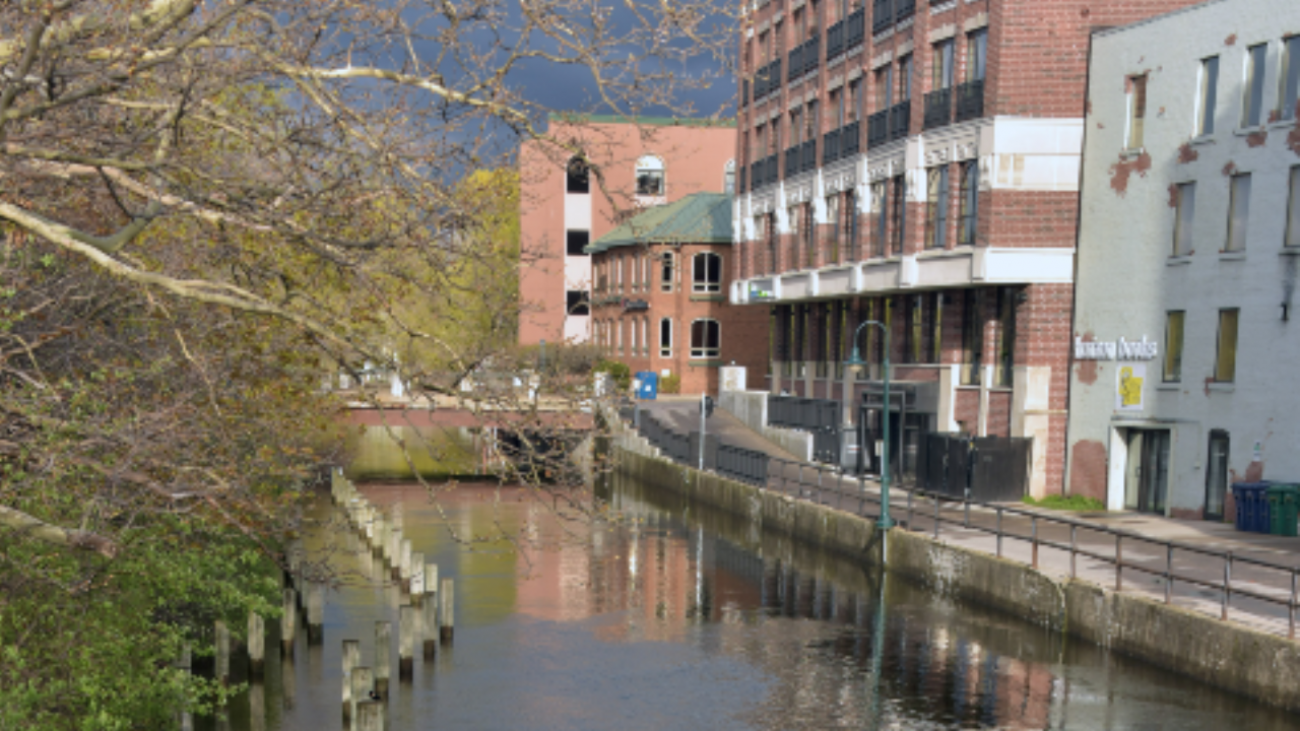
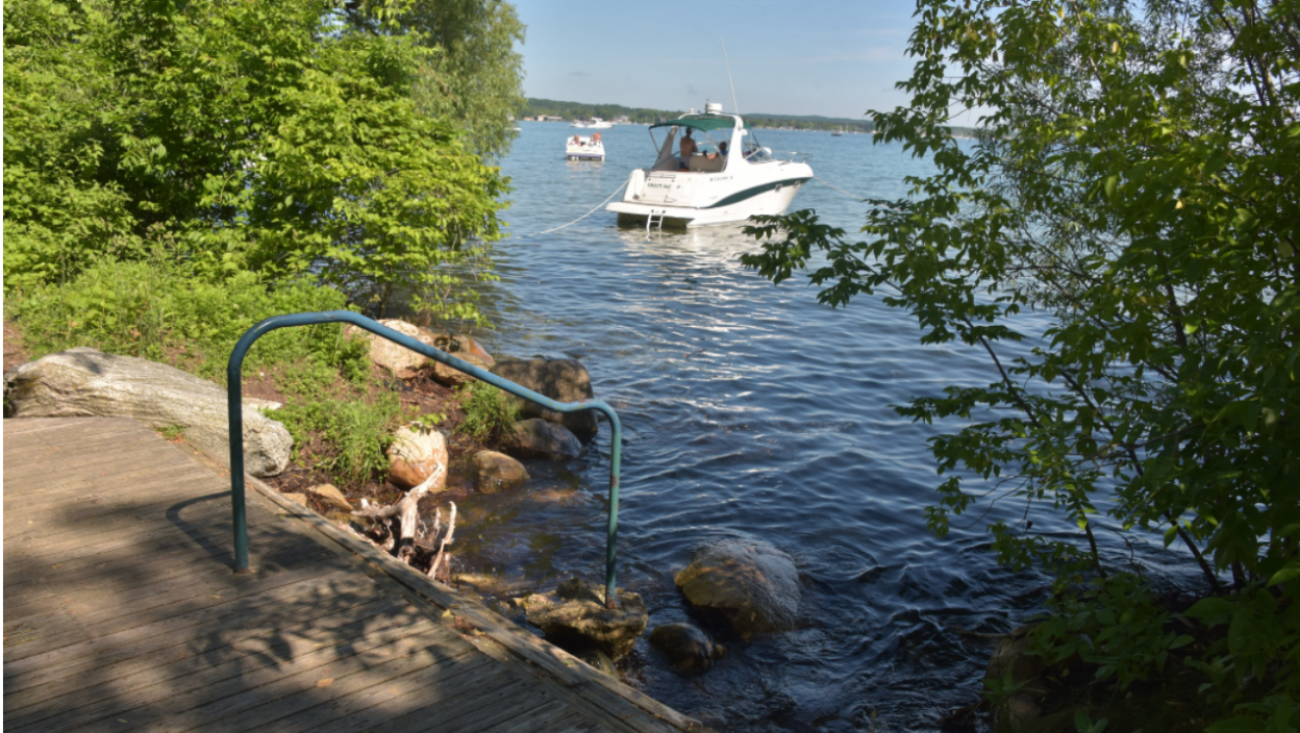

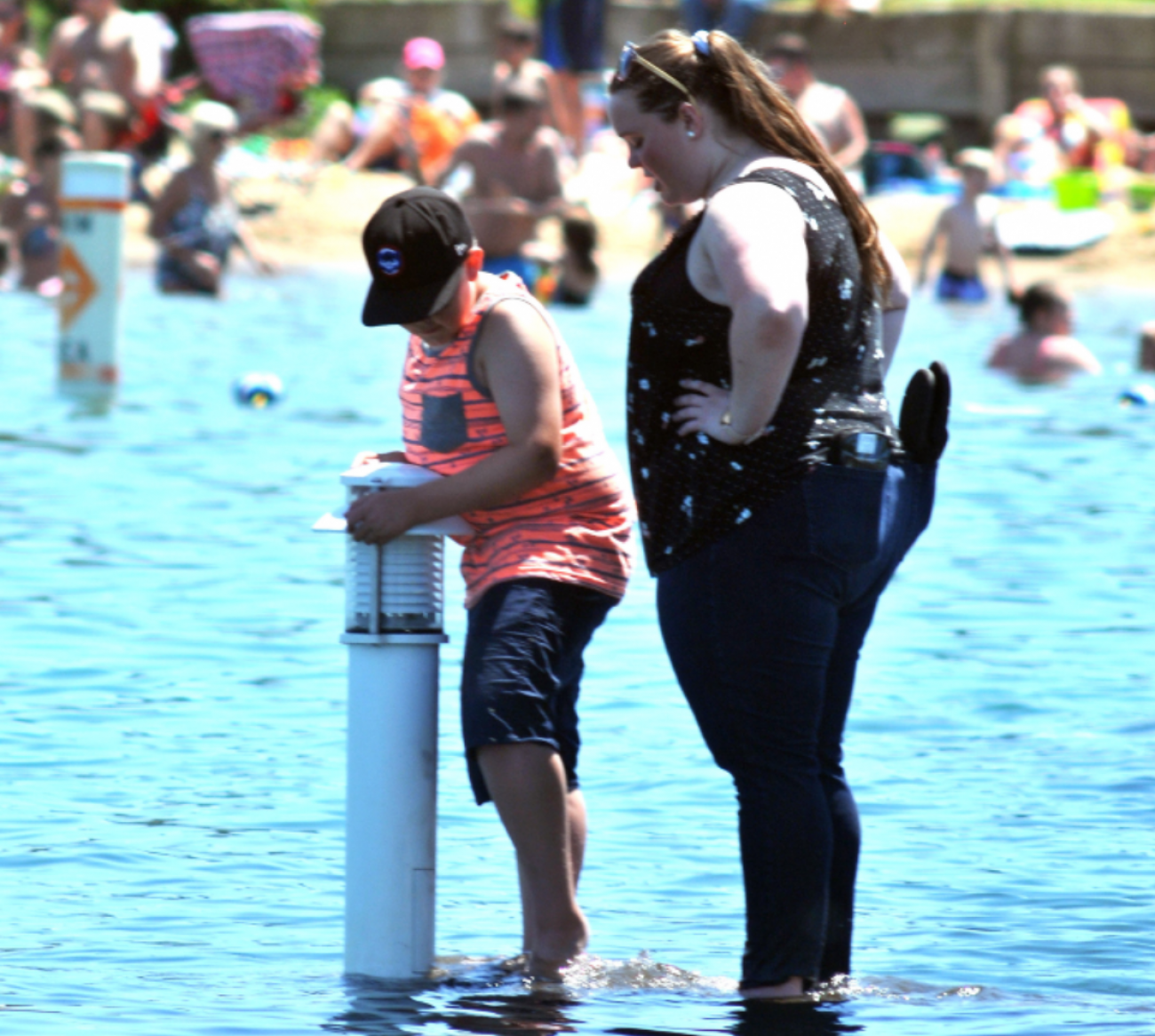
TRAVERSE CITY — Near-record water levels in Lake Michigan have roughed up and in some cases overwhelmed shorelines along Grand Traverse and Leelanau counties.
As a professional photographer and Traverse City native, I spent hours this summer documenting nature’s churn across this scenic peninsula in northwest lower Michigan.
In the Grand Traverse region, boardwalks and docks are under water and unusable, beachfront parking areas are eroding, and flooding along waterways occurs with variable wind directions.

On the plus side, shipping on the Great Lakes is up and higher water levels are allowing more tonnage to be carried by each vessel carrying iron ore.
According to the Lake Carriers’ Association’s Tom Rayburn, for every inch of increased draft (the measure from waterline to the bottom of a boat), a 1,000-foot vessel can carry another 270 tons of cargo. There are 13 ships of 1,000 feet on the Great Lakes. The record for loaded tonnage has been broken several times this year, with American Steamship Company’s M/V Indiana Harbor the current record holder with 77,543 tons of iron ore.
A heavy snowfall in the Great Lakes basin, combined with a wet spring and early summer has supplied the lakes with abundant water this year.
Sault Ste. Marie is up 8.85 inches of rain from normal amounts, Marquette had 227.6 inches of snow last winter.
According to the U.S. Army Corps of Engineers, the lakes are up an average of 18 inches from record low water levels in 2013. Lake Michigan/Lake Huron, considered one body due to their connecting in the Straits of Mackinac, is up 31 inches above average water levels for August.
The government forecasts that Great Lakes water levels, which are cyclical in nature, will remain higher than normal for the next six months, even as they begin their seasonal decline.
More stories about Great Lakes water levels:
- Surging Great Lakes threaten Michigan’s beloved Fishtown
- Commercial fishing is sinking fast in Michigan. Time for more regulations?
- Surging Great Lakes water levels shrink beaches, flood docks in Michigan
- Opinion | Climate change drives shifts between high, low Great Lakes water levels
- Michigan environment roundup: Great Lakes water levels could break records


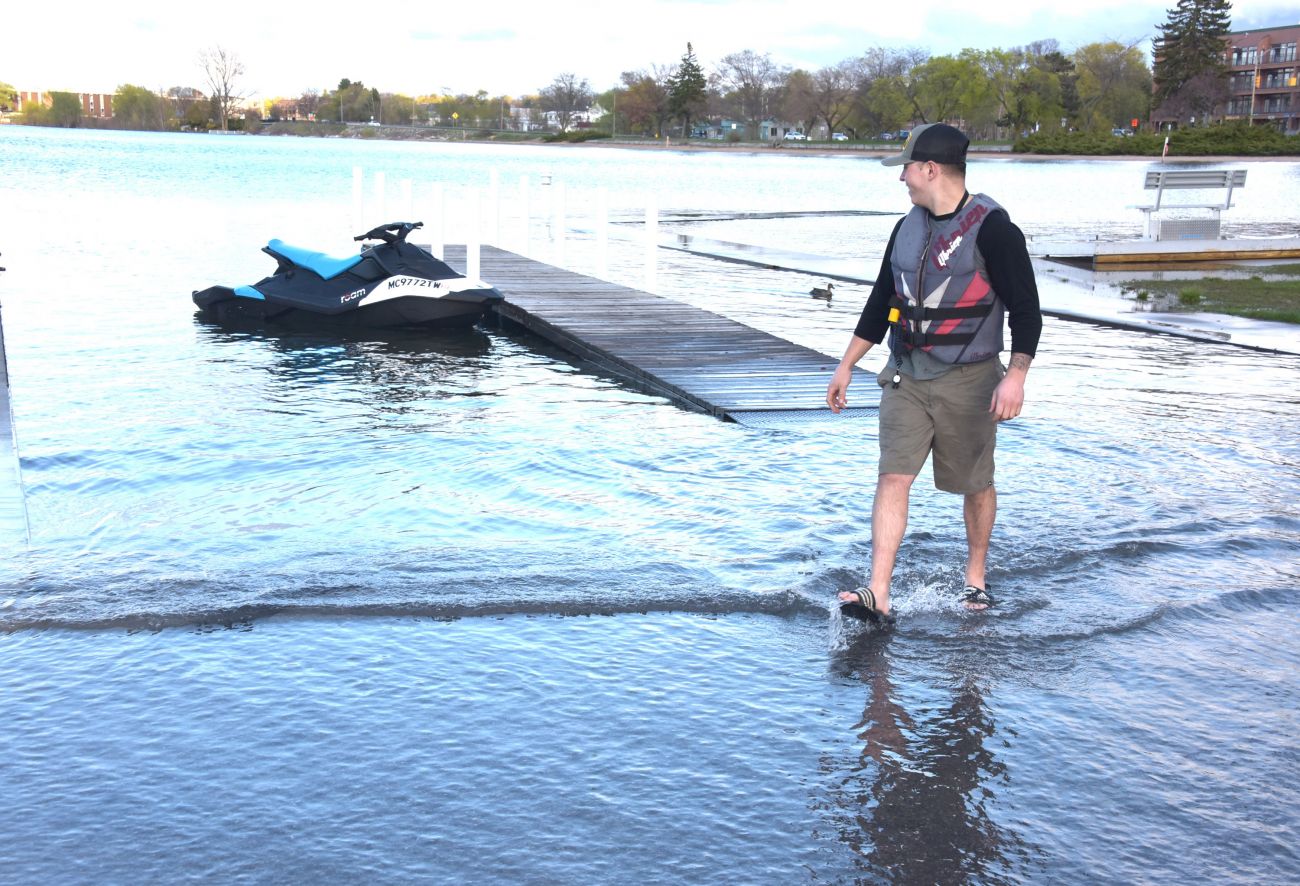
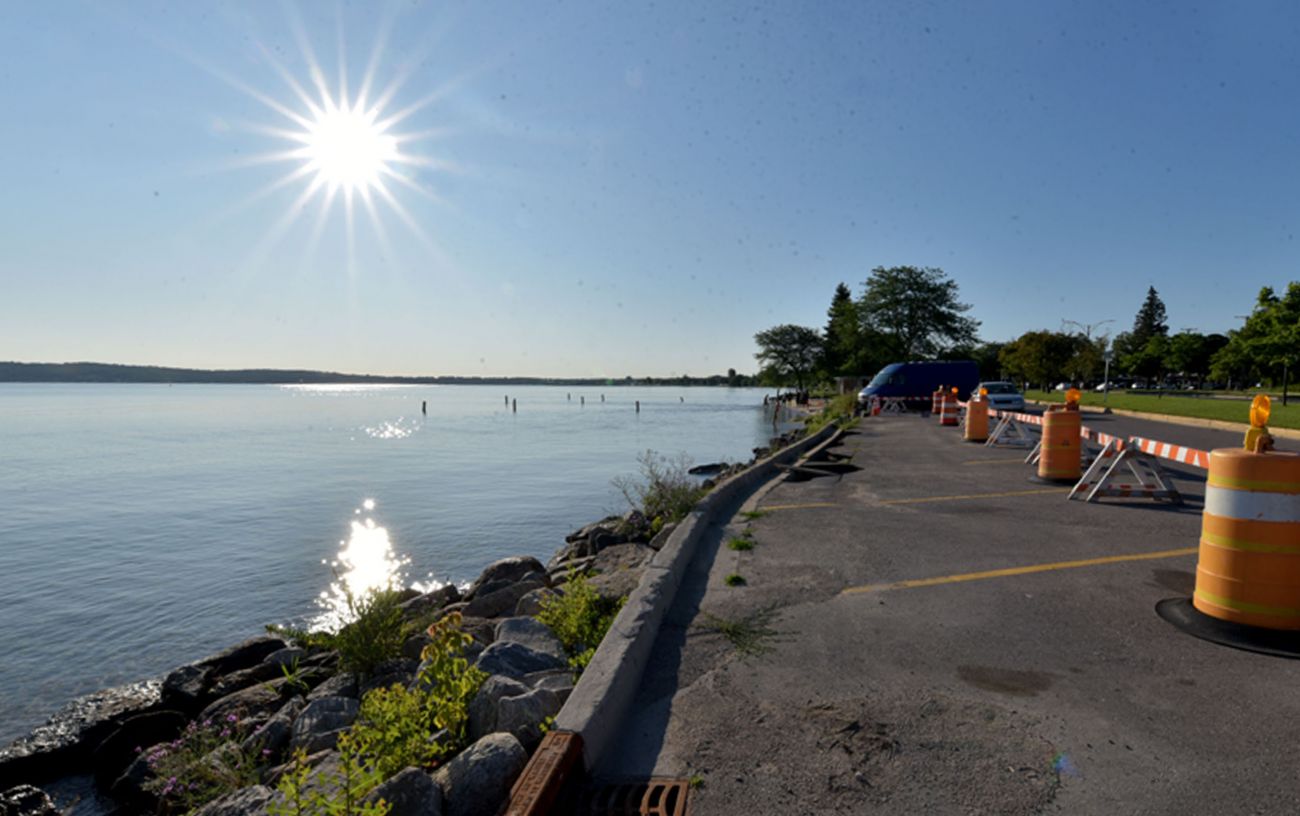
Photographer John L. Russell, a native of Traverse City, retired in 2004 after a 30-year career with the Traverse City Record-Eagle, where he was chief photographer.
Michigan Environment Watch
Michigan Environment Watch examines how public policy, industry, and other factors interact with the state’s trove of natural resources.
- See full coverage
- Subscribe
- Share tips and questions with Bridge environment reporter Kelly House
Michigan Environment Watch is made possible by generous financial support from:
Our generous Environment Watch underwriters encourage Bridge Michigan readers to also support civic journalism by becoming Bridge members. Please consider joining today.
See what new members are saying about why they donated to Bridge Michigan:
- “In order for this information to be accurate and unbiased it must be underwritten by its readers, not by special interests.” - Larry S.
- “Not many other media sources report on the topics Bridge does.” - Susan B.
- “Your journalism is outstanding and rare these days.” - Mark S.
If you want to ensure the future of nonpartisan, nonprofit Michigan journalism, please become a member today. You, too, will be asked why you donated and maybe we'll feature your quote next time!




